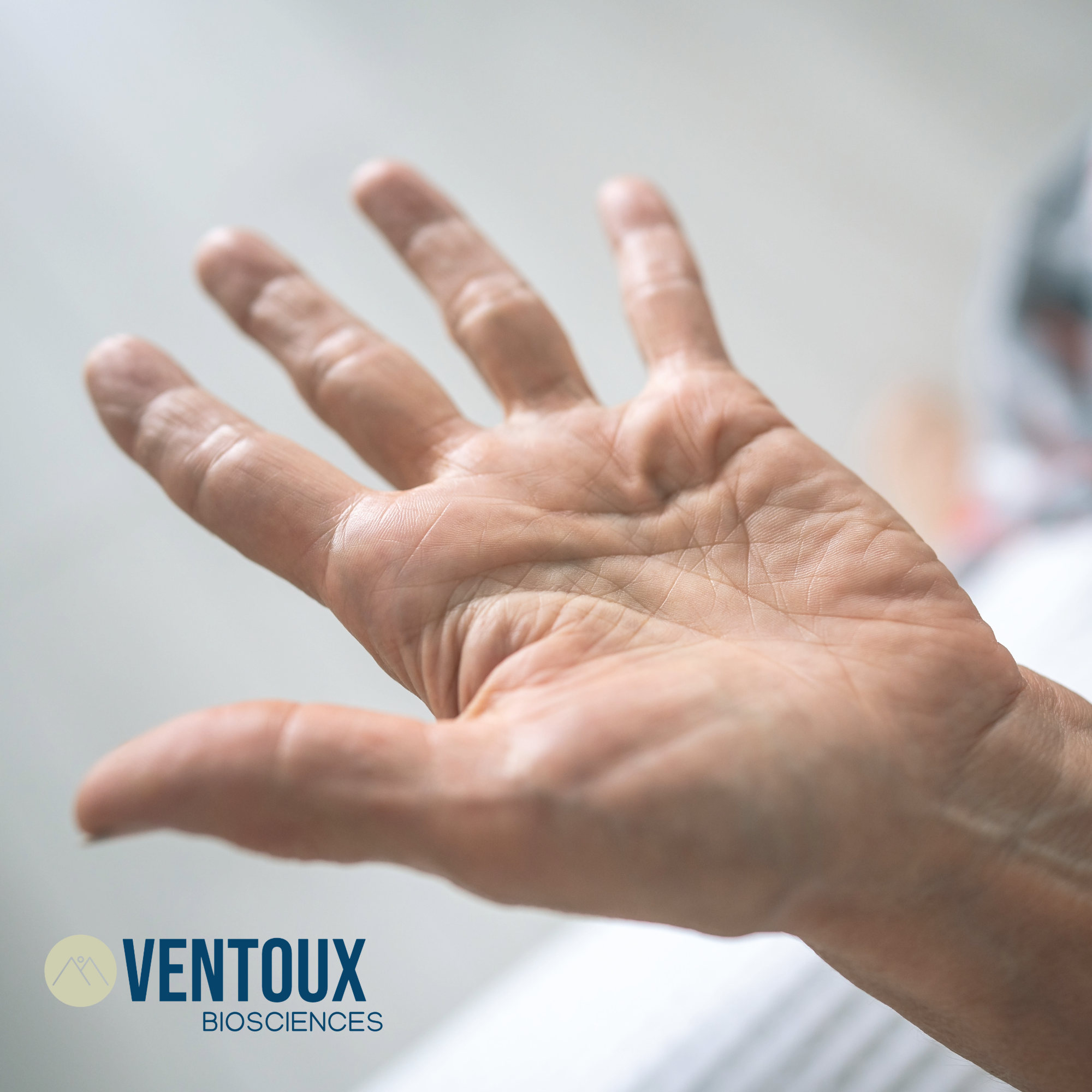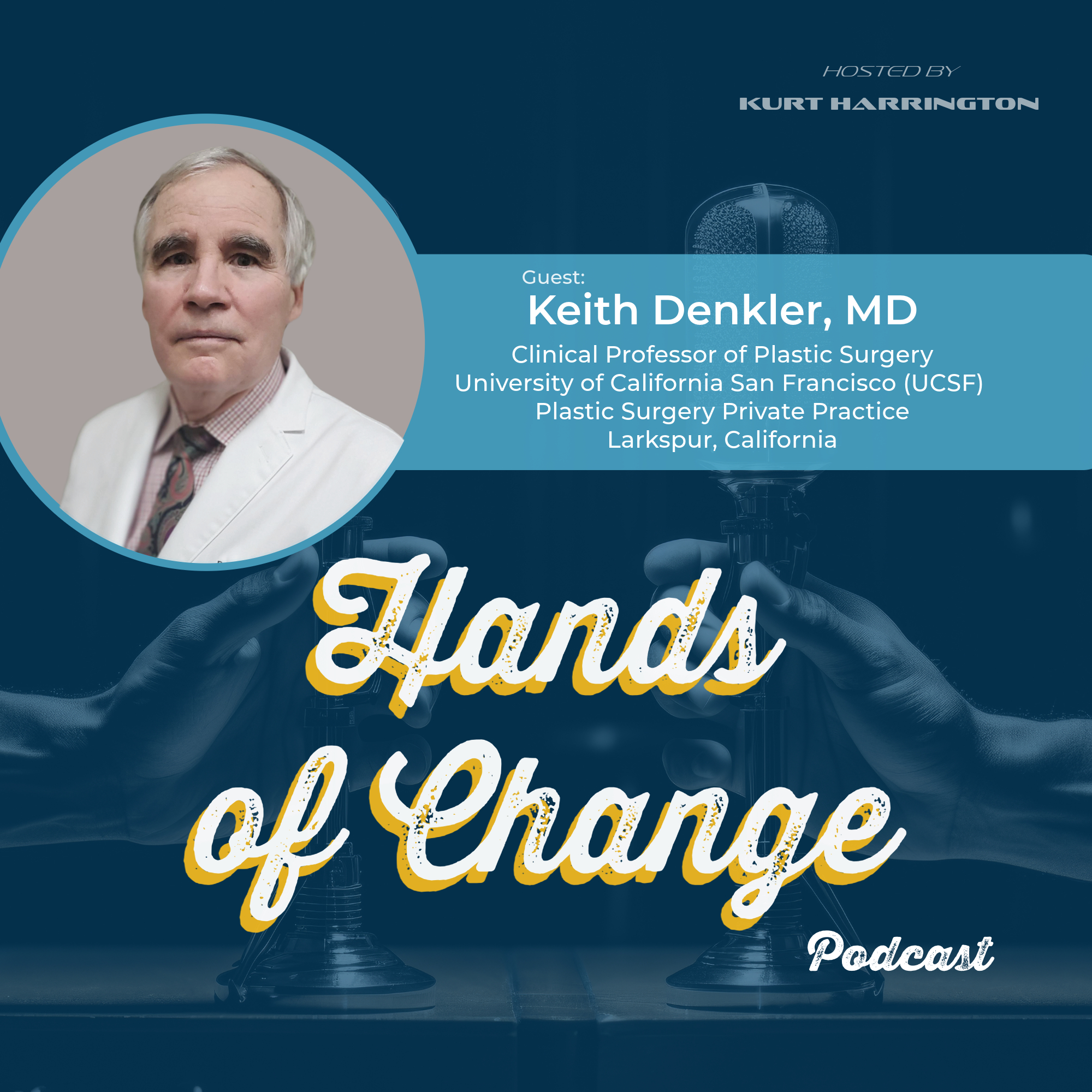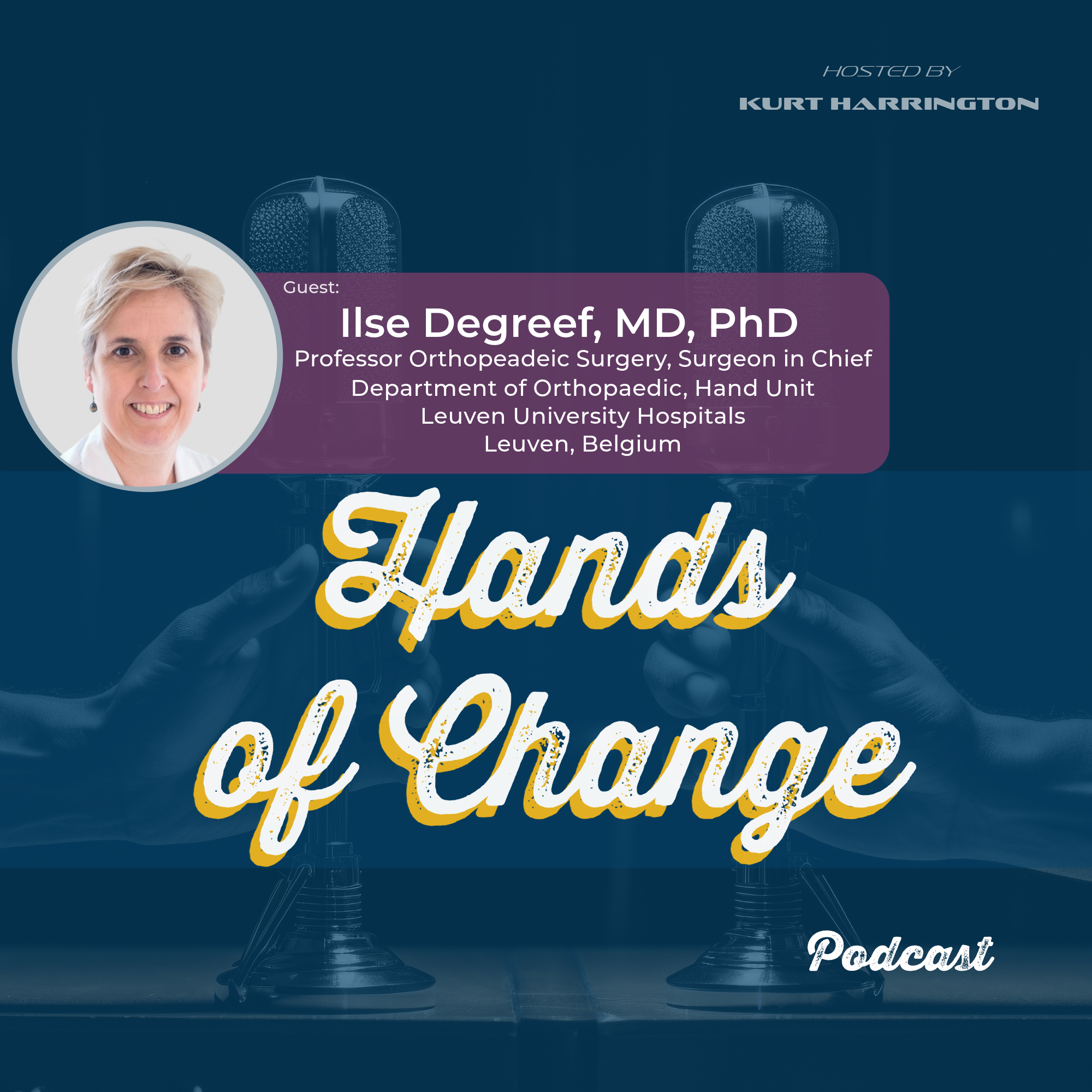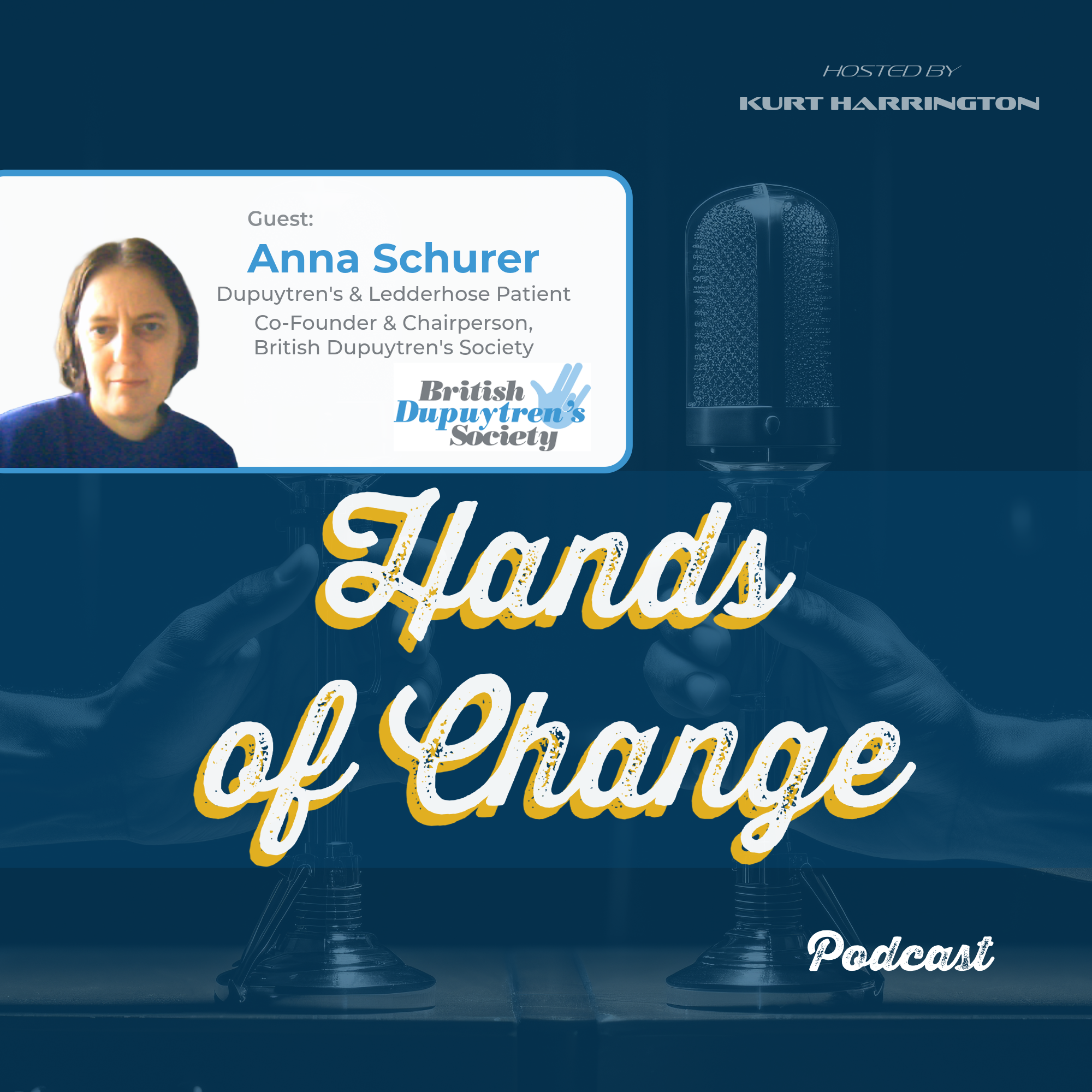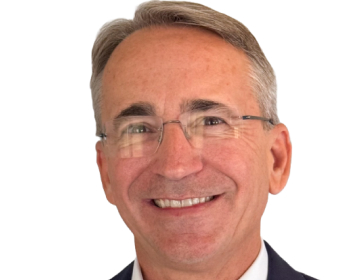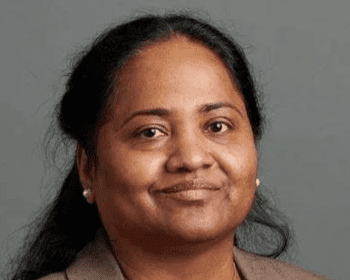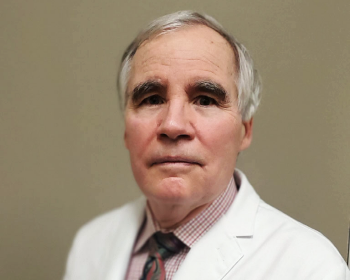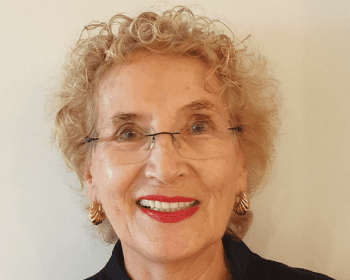Bioworld’s Cormac Sheridan sits down with Kurt Harrington, CEO and Founder of Ventoux Biosciences to discuss his experience with and mission to transform Dupuytren’s treatment
Interview & Reprint for Download
Read the Full Interview
Ventoux Biosciences Takes Aim at Dupuytren’s Disease
Dupuytren’s disease is often referred to as “the most common crippling hand condition that people have never heard of,” but Kurt Harrington is on a mission to change that. A seasoned biotech and pharma consultant, Harrington has had the condition himself for over a decade and, acutely aware of the lack of available treatment options, has founded Ventoux Biosciences Inc. to bring additional therapies forward. His father also has Dupuytren’s disease and, as a father of two teenage boys who are at risk of developing the condition, Harrington is motivated to improve prospects for future patients.
Also known as ‘Celtic hand’, Dupuytren’s mainly affects people of Northern European descent, although data for other ethnic groups are lacking. Genetic and environmental factors can contribute to the risk profile, but the inheritance is complex, involving multiple loci. One Dutch study published more than a decade ago identified six genes encoding Wnt pathway proteins, suggesting the involvement of that pathway in the pathology.
Disease Prevalence & Pathophysiology
It has a high prevalence – about 30 million people in the U.S. and Europe are affected, although not all would necessarily need treatment, Harrington told BioWorld, as the severity of the condition varies. Formally called palmar fibromatosis, the condition is characterized by the formation of fibrous nodules and cords, which, over time, can lock one or more fingers into a bent position and limit everyday movements and functions. It can be debilitating for those with severe disease.
The pathophysiology is complex and not fully understood, but it has inflammatory as well as fibrotic dimensions. Some commentators believe it to be painless. “That is absolutely incorrect,” Harrington said. Over 30% of patients experience pain, he said.
Surgery Remains the Mainstay of Treatment
Surgical intervention was for a long time the only option – and there are still no approved non-invasive therapies. Auxilium Pharmaceuticals, now part of Dublin-based Endo International plc, secured FDA approval in 2010 for Xiaflex (collagenase Clostridium histolyticum), which works by breaking down the collagen deposits that form in the palmar fascia or fibrous layer of tissue under the skin. It is still administered, Harrington said as part of a surgical procedure, however. “There’s really nothing for early to moderate patients,” he said.
Early stage patients are typically told to wait until their condition worsens before they can be considered eligible for treatment. Current treatment is not usually curative either – recurrence rates can be as high as 85%, and treatment complications are also frequent. Still less than 50 years, he has already undergone three hand surgeries and three courses of targeted radiation therapy.
Ventoux Bio’s Approach
San-Diego-based Ventoux is repurposing drugs that have already been in human trials – it will pursue a 505(b)2 regulatory pathway, which permits the use of data from studies conducted by third parties. It has two preclinical small-molecule programs underway, VEN-201 and VEN-202, with distinctive mechanisms, but it has yet to reveal any details. Preclinical data from a bleomycin-induced mouse model of the condition are imminent, and these will form the basis of pre-IND discussions with the FDA.
Harrington sees a role for new drugs both to slow progression of early stage disease but also to improve outcomes for more advanced patients undergoing surgery. There is a systemic dimension to the condition, too – he himself also experiences Ledderhose disease, or plantar fibromatosis, which affects the feet.
Xiaflex is also indicated for Peyronie’s disease, which is characterized by the build-up of a fibrotic plaque in the penis. It causes penile curvature and can make sex painful or impossible. These indications could also be options for its pipeline. Ultimately, Harrington said, Dupuytren’s could become a model indication for compounds targeting other fibrotic indications, given the accessibility of the hand and the rapid readout it can offer.
180 Life Sciences Corp., of Palo Alto, Calif., is already in the clinic with a biosimilar version of the tumor necrosis factor alpha (TNF-alpha) inhibitor adalimumab. In a placebo-controlled phase IIb trial, monthly injections softened and reduced the size of the treated nodules. The study authors noted that both parameters continued to decline up to nine months after the fourth and final injection. “We’re all optimistically watching that one as well,” Harrington said.
Ventoux is currently self-funded, but Harrington plans shortly to raise finance and expand the leadership team. The company’s name is a nod to Harrington’s passion for cycling – Mont Ventoux is also known as ‘the beast of Provence’ and represents one of the most grueling climbs in the Tour de France. An accomplished guitar player and a triathlete to boot, Harrington does not shirk a challenge. This venture may be his biggest one yet.
©2023 BioWorld. Reprinted with permission from Clarivate.
Watch the Company Launch Trailer
- Dupuytren’s Disease Treatment: Dr. Keith Denkler’s Approach, Expert Advice, and Patient Tips
- From Passion to Precision: Dr. Ilse Degreef on Innovations in Dupuytren’s Disease and Hand Surgery
- Living With Dupuytren’s And Leading the British Dupuytren’s Society
- Dupuytren’s Disease and the potential for VEN-201
- Shop Our New “Hands of Change” Dupuytren’s Awareness Collection

